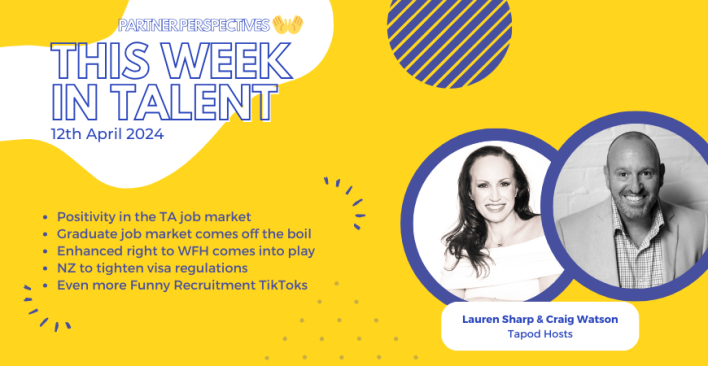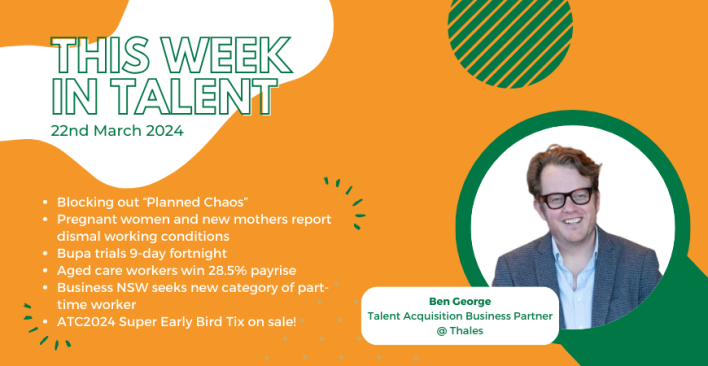LinkedOut By Your Employees: Protecting Business Contacts in the Digital Age

In the digital age, LinkedIn is a tool no modern recruiter works without. But this powerful networking forum also brings new risks. Having built connections during their time with your company, employees may up and leave with those connections under the guise of “private networking”. In Australia, the law in this area remains murky, but an upcoming appeal is likely to clarify the position. In the meantime, companies should take a proactive approach to managing these risks.
The current position
Employment contracts in many industries contain restraint provisions to prevent the use of confidential information, the solicitation of clients and working for rival companies within a certain timeframe or geographical radius. Such restraints are only legally enforceable if they are reasonable to protect a company’s “legitimate business interests” in the circumstances. Legal precedent exists for personal connections made by an employee with customers might be regarded as a “legitimate business interest” of the employer protected by a restraint (see for example, Cactus Imaging Pty Ltd v Peters [2006] NSWSC 717).
Naiman Clarke Pty Ltd v Marianna Tuccia [2012] NSWSC 314
A 2012 NSW Supreme Court case sought to extend the imposition of such restraints to LinkedIn connections. Legal recruitment company Naiman Clarke took legal action against former legal recruiter, Marianna Tuccia. Ms Tuccia was alleged to have taken contact details from the company’s database and used these to gather LinkedIn connections shortly before resigning. She obtained a position with a rival recruiter, and was then alleged to have made placements via the connections in question. Naiman Clarke sought damages and enforcement of its restraint provisions, including a requirement that she delete certain connections from her LinkedIn profile.

Are LinkedIn contacts corporate or individually owned information?
The Naiman Clarke case raises interesting questions about who legally owns the network accumulated by an employee during their time with a particular employer. On one hand, the employee might expect their LinkedIn connections to form a part of their individual career profile and skill set. A growing number of professions recruit people for the very reason of their connections, and treat this as a distinctive asset. On the other hand, employers have intellectual property in its contact lists and connections, and facilitate employees developing their LinkedIn site in the course of their employment. Employers may therefore expect these connections to be protected when employees move on. Current practices may be specific to the industry of the employer and the role of the employee.
So far, the question of whether restraint clauses may extend to LinkedIn activities has received mixed responses in the UK and the US. It remains yet to be seen which approach the Australian courts will follow.
An appeal in the Naiman Clarke case will take place later this year, and is likely to significantly impact the future of restraint clauses, and the balance between employer and employee rights and obligations.
What should employers do to protect their connections?
While the legal position will remain unclear until the Naiman Clarke appeal, there are certain steps that should be taken by all employers to protect their business interests.
Firstly, review your existing employment contract templates to ensure they are robustly drafted. Where appropriate, restraint and confidentiality clauses should be drafted that are industry-specific and directly refer to LinkedIn connections.
Secondly, existing policies should be updated (or created) to manage the use of social media information and establish rules governing its use.
Finally, the expectations of incoming employees should be managed from the outset by setting out clearly:
- how you intend to support, and regulate, their use of LinkedIn for company purposes; and
- with respect to LinkedIn, what the company expects when employees cease employment.
Companies should take a cautious approach in addressing these restraints with employees, both contractually and informally. At the end of the day, remaining active on LinkedIn and other business-related social media has become a key part of modern business development practices.
To learn more on contingent workforce risk minimisation, join us at #CWF15 in Sydney on the 22-23 September. You can find the full agenda here. .
Related articles
Leave a Reply
Sign up to our newsletter
Get a weekly digest on the latest in Talent Acquisition.
Deliver this goodness to my inbox!


